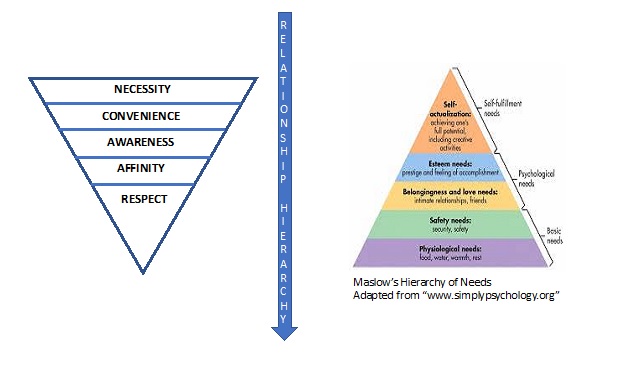Manoj Sharma
Email: [email protected]
The first edition of Conservation Time sincluded an article “Appreciating the Earth” by Nishant Shukla. It emphasized the “Observation of Local Surroundings and Making Connections” for true appreciation of Mother Earth. The author identified a few key activities, such as Bird Watching, Planting Trees, Watching Butterflies, Wildlife Photography, and Nature Journaling that one can start for observing and appreciating the elements of nature around us. Passively, I might have been associated with these recommended activities. However, as walking is the first step in exploring the surroundings, I have developed great fondness for walking. I have walked many thousands of miles in different places, e.g., rural wilderness, forests, cities, pilgrimages, countries, and on different continents — Asia, Europe, Australia, and North America. Many intimate conversations with close family and friends have enriched my life through all these years during these walks and walking alone has prepared me for a solitude life.
In walking alone, I generally try to remember my associations with family and friends and try to understand the basis of these life time associations. Over the years, I have been able to categorize these various associations into five major categories. These categories are almost parallel to Maslow’s hierarchy of needs. We could refer to this as a “Relationship Hierarchy” depicted in the diagram on the left.
Necessity: Extremely superficial connections where we only care if some of our need are being met and no emotional connection is created;
Convenience: Professional peer connections where it is convenient to have these associations of mutual give and take and the main connection is over as soon as we lose connection with the connecting entity;
Awareness: One-way connection to various leaders, persons of fame, and historical figures from whom we may develop some of our identity and/or value system;
Affinity: Our love and hate relationships, which consume most of our emotional being and a major part of our life is spent around these relations; and
Respect: I consider this as the highest emotional one-way category, where we are emotionally connected with this being with reverence. Idol worship is an example here where we go through all kinds of efforts and hardships to just have a vision/glimpse of our deities.
The question is: Could we take our connection to the Mother Earth to the highest level (Respect) in the Relationship Hierarchy?
The paradigm of choice lies in the following paragraph.
The historical context for exploration of earth frequently includes aggressive connotations with words like conquest, expedition, victory, and reign. Many such references refer to special regions like Kurukshetra, Kalinga, Haldighati, Plassey, Sri Lanka, Pearl Harbor, etc. This way of connection to the Earth is for possession and human arrogance. Scriptures of every religion have promoted an idea of pilgrimage (walking to specific places of worship and/or a circular route that provides people an opportunity to connect with different places on this prescribed path referred to as “Parikrama”). On pilgrimages, people leave their secured homes to explore the serenity/security that is available outside their homes through group travel. During such pilgrimages people can benefit by observing what has been left behind by the earlier generations. Even using the word “Mother” in addressing Earth is a symbolic mark of respect.
Continuity of life on the Earth for millions of years is reflected through “Anthem for Earth.” A few stanzas from Bhoomi Sukta from the Atharva Veda (included in the first edition of Conservation Times) start with “Salutations to Mother Earth”, providing the answer to the question, I posed above.
The Stanza 5 reminds us as to how “In Her, our forefathers lived and performed (their activities) in earlier times; in Her, the Devas (the good forces) overturned the Asuras (the evil forces) (since earlier times); in Her, lived the Cows, Horses, Birds (and other animals in earlier times); May She, the Mother Earth, bestow on us Prosperity and Splendour”.
